What do I mean by backup transportation options? If you find yourself in a survival ordeal, you will either need to shelter in place or bug out, depending on the nature of the catastrophe. If your primary means of transportation breaks down, how would you get home or how would you get around to find fuel or parts needed to get it running again? What’s your “plan B”?
“Feet, don’t fail me now!”
Walking is the most basic form of transportation. Most of us wear shoes, so we will want a good pair of wool hiking socks and pair of comfortable, broken in hiking boots or tennis shoes to get started traveling long distances on foot. Survival footwear should be made of quality materials that will last many miles. That means quality soles, such as Vibram brand soles, and sturdy uppers made of leather or a combination of leather and Cordura nylon. It is not the place for high heels or the new low-cost (sometimes) lightweight slip-on footwear that has become so popular.
Ideally, the survivalist wants quality leather boots by a reputable manufacturer that can be re-soled when the soles wear through. The problem with lightweight footwear is that it can’t be repaired in the field. Look to manufacturers such as Danner, Salomon, Merrell, La Crosse, Bates or Rocky. Quality boots typically aren’t cheap, but sometimes you can find older models on clearance or at surplus stores.
Boots are a big deal when they are how you get around. It’s worth reading up on them and investigating what you need before purchasing a good pair of boots you will probably wear for the rest of your life. Carry extra socks, foot powder, moleskin, and benzoin tincture in your pack and cache an extra pair of boots and socks just in case.
If the security situation gets bad, you may have to hole in hide sites during the day and travel at night and when wind and poor weather make it easier to get around unnoticed. You’ll also need to stay off lines of drift, especially roads, intersections, and bridges, where you are most likely to run into an ambush. When society breaks down and things get bad enough, groups set up checkpoints and stop everybody. If you are of the same political party, ethnicity, tribe, religion, economic status, or neighborhood as the guys who stop you, they shoot you on the spot and rob your corpse. If you need to get from A to B during conditions like these, foot travel becomes your only option because you must stay off the lines of drift, so you won’t get caught.
If you are caught in flip flops in the apocalypse, make yourself a pair of huaraches or “Ho Chi Minh” sandals by repurposing an old car tire for the sole until you can find or make something better.
If you have members of your household who have limited mobility, you will have to plan for that. While a pair of trekking poles may help some, others may need something along the lines of a folding wheelchair. Babies can be carried in a baby carrier or papoose. Many cultures carry babies using a large piece of cloth. After considering how you would get everyone down the road, I hope you will make any necessary adjustments to what you carry in your vehicle.
Handcart, Sled, Travois, etc.
If you are traveling on foot and need to haul people, fuel, or parts long distances, you may benefit from mechanical advantage. To carry it on an automobile, wheeled carts should fold up or stow on the vehicle’s cargo rack.
There are many models of handcarts ranging from game carts, to garden carts, to modular hiking trailers like the Monowalker, which can be configured as a pack frame, hiking trailer, hand cart, bike trailer, and more. It fits into a category I call the modular hauler. If Monowalker’s price is too steep, you can always build your own.
Some sleds can be rolled up or store on the cargo rack. A role up sled is a slick piece of plastic. Add a harness, poles, snowshoes or cross-country skis, and cold weather gear, and you can bug out in extreme cold. A sled is necessary to carry the added weight of cold weather gear, tent, and stove, not to mention family, fuel, or car parts to get your primary transportation back on the road.
A travois much like a sled in that gets dragged behind the animal or person pulling it. It is simply two long poles with crossmembers lashed to them to make an “A” frame. You may have seen plains tribes use them to carry teepees or people behind horses. A travois is easily improvised provided you have cordage, a tool to cut poles, and can find suitable poles.
Bicycle, Electric Bicycle, Motoped, Motorcycle, or Rokon
Cycles can be carried on a cargo rack behind or on the roof of your vehicle. We usually ride bicycles, but the North Vietnamese put them to use to carry supplies in saddle bags, pushing them along the Ho Chi Minh trail, often over bomb craters and other rough terrain.
Electric bicycles are useful secondary transportation provided you aren’t bugging out due to HEMP, in which case, sensitive microelectronic parts may be damaged. Most models function as a regular bicycle once the battery is depleted and can be recharged with a portable solar array. The addition of a bike trailer adds carrying capacity.
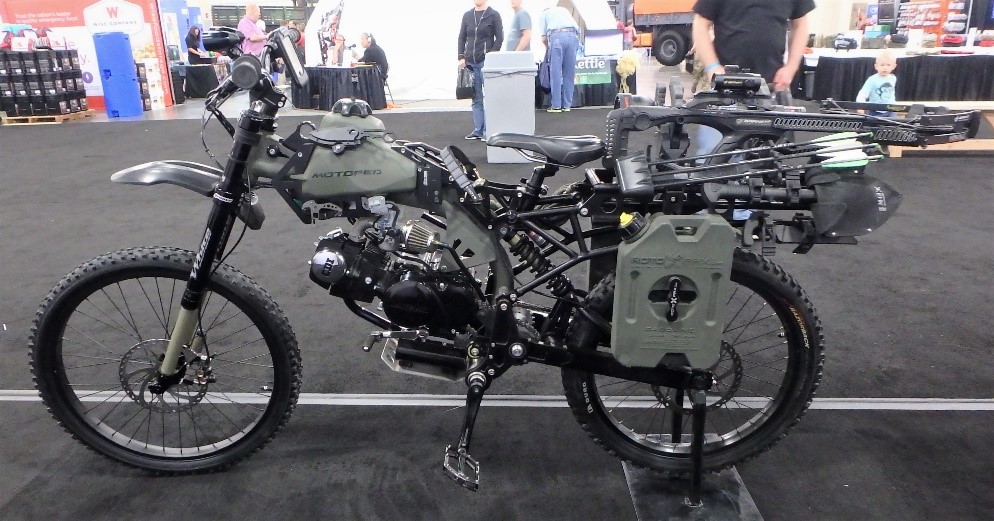
Motopeds are motorized bicycles. Legislation varies by state, but depending on where you live, you may not need to register a Motoped if the motor’s displacement is small enough or if it doesn’t go faster than a certain speed. The Motoped is an interesting secondary transportation option for the survivalist because it travels a long way on very little fuel, is almost as compact as a bicycle, and not having to register it makes it a bugout option you can hide from Big Brother without having to register it to an LLC.
Motorcycles are the grown-up version of the Motoped but they take up more space. The Rokon is another interesting option for the survivalist, and like the Motoped, preppers are one of the company’s customer segments. It is a small 2-wheel-drive motorbike designed for off-road use that has been around for more than 50 years. They feature sturdy cargo racks and several different models, including one that can be register for road use. All models are carbureted and don’t feature any microelectronics. The manufacturer claims they are “EMP proof.”
I’m sure they mean “HEMP proof” because most cars have nothing to worry about from geomagnetic EMP caused by a solar flare, but many modern cycles and autos are vulnerable to damage by HEMP (High-altitude Electromagnetic Pulse), which is caused when a nuclear weapon is detonated high in the atmosphere causing an effect known as Compton scattering which increases EMP released in the nuclear detonation up to 1000 fold, generating EM fields strong enough to damage microelectronics, even ones not connected to long conductors such the electrical grid and telecom networks.
Watercraft
A water-resistant pack liner can turn your rucksack into a floatation device, enabling you to swim your gear across a canal, calm river, or small body of water. A pack raft can help you paddle across these same obstacles or float stretches of rivers downstream.
A canoe or Jon boat can handle bigger jobs and passengers, provided the water is relatively calm. Larger inflatables can handle rough water and short distances at sea if outfitted with an outboard. Sea kayaks make it possible to travel the coast.
Small wooden boats can be built at home, carried atop a car, and can be propelled by oars, sail, or a small outboard motor. It can be difficult to detect a small wooden boat at sea using radar, especially if little or no metal is used in its construction and equipment, or it is installed below the water line. Henri Charrière claimed to have used small hand-built boats to escape a French penal colony in French Guiana multiple times. He escaped and was captured and returned a couple of times. On one occasion he made it to Trindade. Due to his escape attempts, he was sent to Devil’s Island, which he eventually escaped on a raft that used coconuts for buoyancy and made his way to Venezuela, where he was again captured and imprisoned, but eventually released and granted citizenship.
UTV
I suppose a UTV could be secondary transportation if your primary transportation is towing a Toy Hauler-type trailer. If customized for the survivalist, such a trailer can provide a more substantial mobile shelter than any tent and can haul supplies and secondary transportation as well. The tow vehicle could drop the trailer if increase mobility becomes more important than the trailer and its contents.
Horses or Pack Mules
How could horses be considered backup transportation? I admit that they stretch the envelope of the definition, but if a UTV can be backup transportation if your bugout vehicle is towing a Toy Hauler-type trailer, then I suppose horses could be considered backup transportation if your BOV is towing a rodeo trailer. What is a rodeo trailer? It is how rodeo contestants get their animals to and from rodeos, and where they stay once they get there.
Where the Toy Hauler is part living quarters and part enclosed cargo trailer, rodeo trailers marry the living quarters to a 5th wheel livestock trailer, only some of them are so tricked out, they are more like stables on wheels with built in luxury accommodations, towed by a semi.
That may be out of reach for most folks, but most enterprising Americans should be able to lay hands on decent pair of boots, several pairs of quality socks, and a game cart. Whatever your situation, I hope you’ll stash a pair of boots in your truck and prepare whatever secondary transportation you can afford.































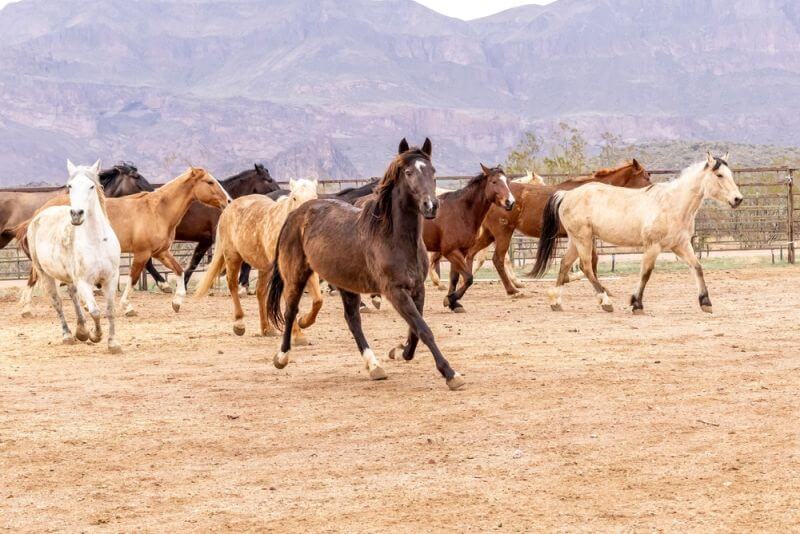
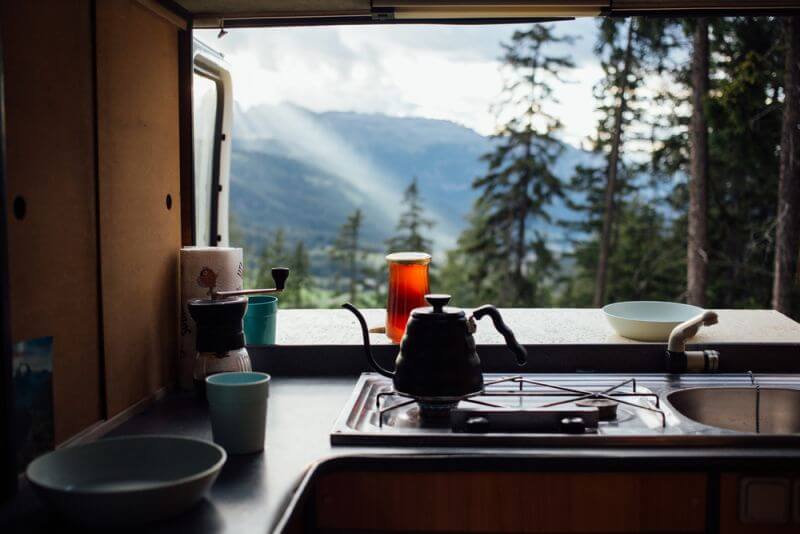

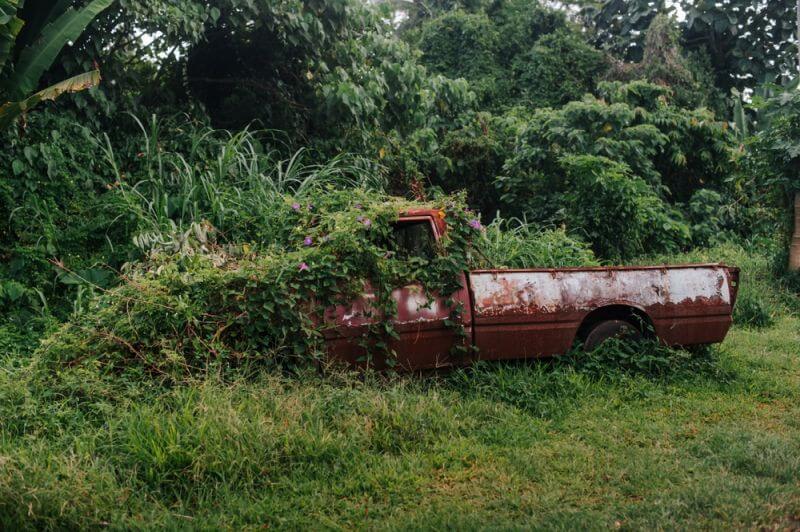
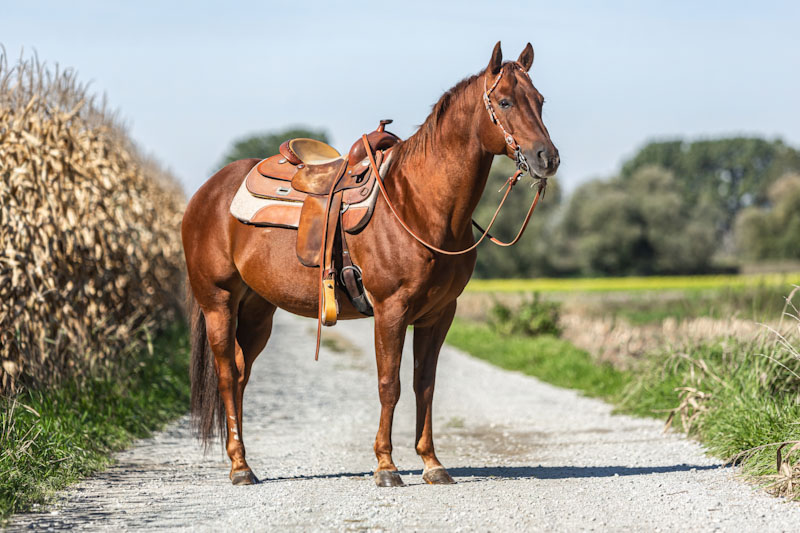

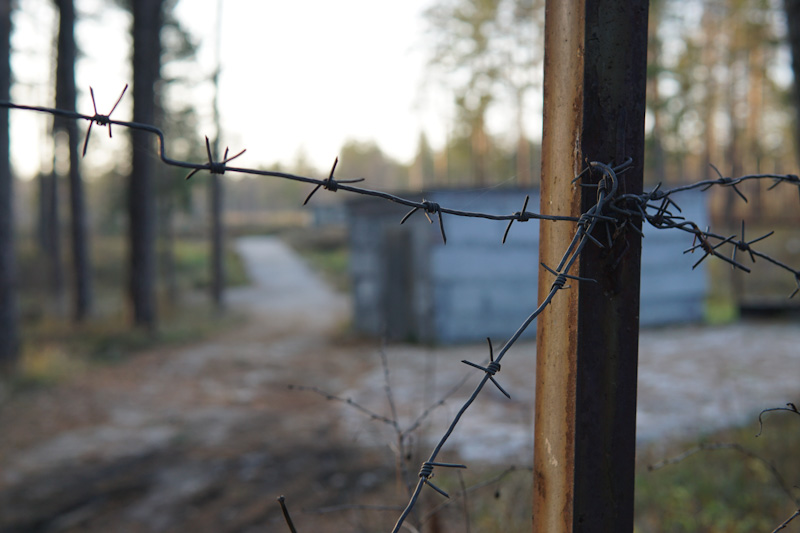







































Horses and mules donkeys are absolutely transportation pioneers with schooners wagons ring any bells Wells Fargo pony express cowboys with saddle bags pony trekking horseback hunting gypsy wagons Native American ponies pulling travois in the Vietnam area cattle were also used for the same purposes